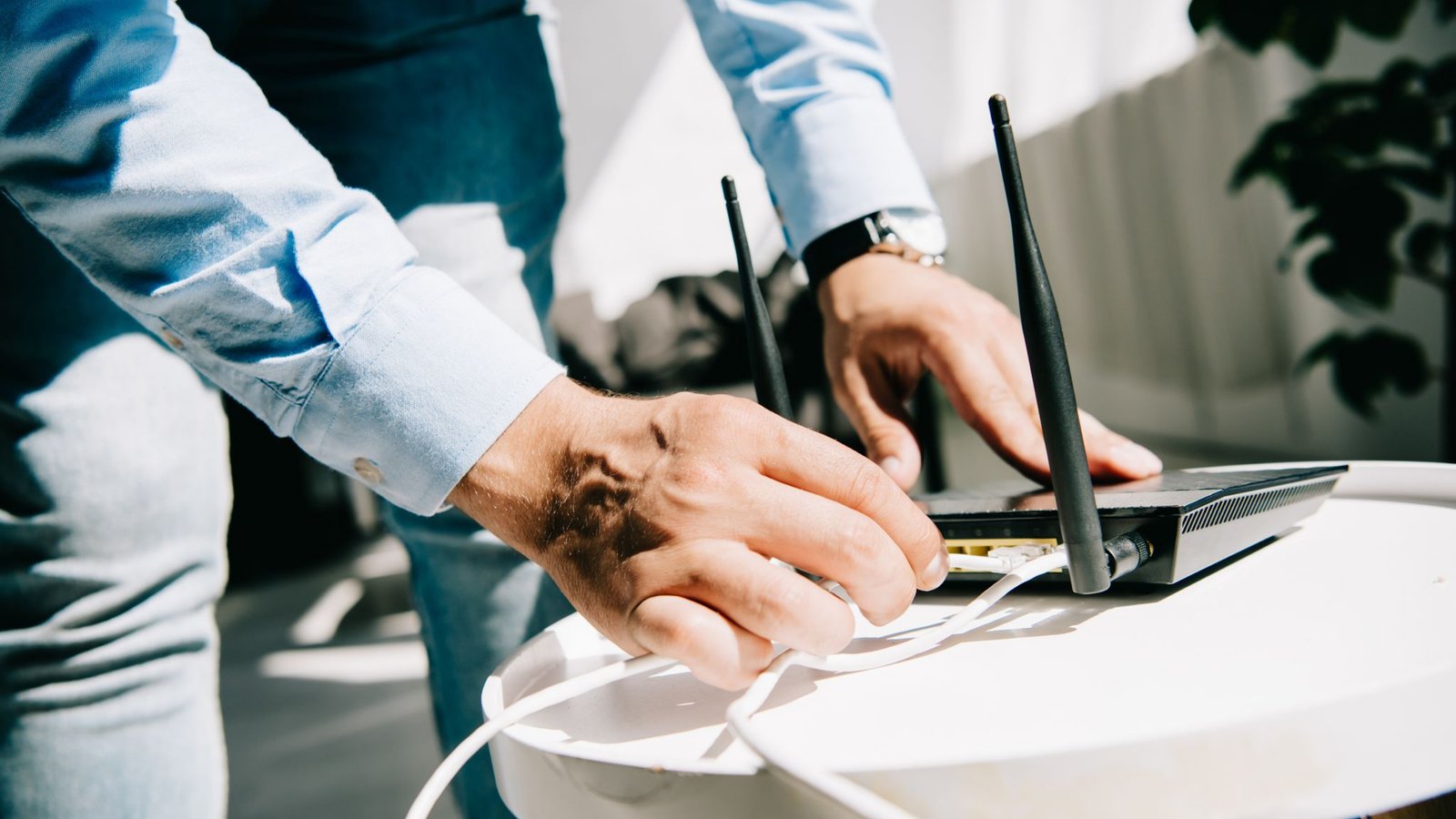In today’s hyper-connected business landscape, Customer Premises Equipment (CPE) plays a critical role in ensuring seamless connectivity, security, and service delivery. However, when CPE performance falters, enterprises face costly downtime, frustrated users, and potential security risks.
To maintain optimal performance, businesses must proactively monitor and troubleshoot CPE devices. But how exactly do enterprises achieve this? What tools and strategies do they use? And how can IT teams quickly diagnose and resolve issues before they escalate?
This article dives deep into the best practices for monitoring and troubleshooting CPE performance, ensuring reliability, efficiency, and a superior end-user experience.
Why Monitoring CPE Performance is Critical for Enterprises
CPE devices—such as routers, modems, firewalls, and IoT gateways—act as the frontline of enterprise networks. Their performance directly impacts:
- Network Uptime & Reliability – Poor CPE health can lead to connectivity drops, disrupting business operations.
- Security Vulnerabilities – Outdated or malfunctioning CPE devices can become entry points for cyber threats.
- User Experience – Slow or unstable connections frustrate employees and customers alike.
- Operational Costs – Reactive troubleshooting is expensive; proactive monitoring reduces IT overhead.
Given these risks, enterprises must adopt a structured approach to CPE performance management.
Key Metrics to Monitor for Optimal CPE Performance
Effective CPE monitoring involves tracking several critical performance indicators:
1. Network Latency & Packet Loss
High latency and packet loss degrade real-time applications (VoIP, video conferencing). Monitoring these metrics helps identify congestion or hardware issues.
2. Bandwidth Utilization
Spikes in bandwidth consumption can indicate unauthorized usage, misconfigurations, or the need for network upgrades.
3. CPU & Memory Usage
Overloaded CPE devices slow down network performance. Tracking resource usage helps prevent bottlenecks.
4. Device Temperature & Hardware Health
Overheating or failing hardware components can cause unexpected outages.
5. Firmware & Security Patch Status
Outdated firmware exposes CPE devices to exploits. Automated patch management ensures compliance and security.
Top Tools for Enterprise CPE Monitoring
Enterprises rely on advanced monitoring solutions to keep CPE performance in check:
1. Network Performance Monitoring (NPM) Tools
- SolarWinds NPM – Provides real-time insights into latency, jitter, and device health.
- PRTG Network Monitor – Tracks bandwidth, uptime, and alerts on anomalies.
2. Remote Monitoring & Management (RMM) Platforms
- NinjaOne – Enables centralized CPE management with automated alerts.
- Auvik – Offers deep visibility into network traffic and device configurations.
3. SNMP & Syslog Monitoring
- Simple Network Management Protocol (SNMP) collects performance data from CPE devices.
- Syslog servers aggregate logs for troubleshooting and compliance.
4. AI-Driven Analytics
- Cisco ThousandEyes – Uses AI to predict and diagnose CPE issues before they impact users.
Step-by-Step Guide to Troubleshooting CPE Performance Issues
When CPE issues arise, IT teams must act swiftly. Here’s a structured troubleshooting approach:
Step 1: Identify the Symptoms
- Is the issue affecting a single device or multiple endpoints?
- Are users experiencing slow speeds, intermittent drops, or complete outages?
Step 2: Check Physical Connections & Hardware
- Verify power supply, cables, and LED status indicators.
- Reboot the device to rule out temporary glitches.
Step 3: Analyze Network Traffic & Logs
- Use tools like Wireshark to detect abnormal traffic patterns.
- Review syslog entries for error messages or security alerts.
Step 4: Test Connectivity & Latency
- Run ping and traceroute tests to identify where delays occur.
- Check for ISP-related issues if latency spikes are external.
Step 5: Update Firmware & Configurations
- Ensure the latest firmware is installed.
- Validate QoS settings, firewall rules, and VLAN configurations.
Step 6: Escalate to Vendor Support if Needed
- If hardware failure is suspected, engage the CPE vendor for diagnostics or replacement.
Best Practices for Proactive CPE Performance Management
Instead of waiting for failures, enterprises should adopt these proactive measures:
✅ Automate Monitoring & Alerts – Use AI-driven tools to detect anomalies early.
✅ Conduct Regular Firmware Audits – Ensure all CPE devices are up-to-date.
✅ Implement Redundancy & Failover – Deploy backup CPE devices for critical locations.
✅ Train IT Teams on CPE Diagnostics – Empower staff with troubleshooting playbooks.
✅ Leverage Predictive Maintenance – Use historical data to forecast hardware failures.
Final Thoughts: Ensuring Seamless CPE Performance
Enterprises can’t afford CPE-related disruptions in an era where connectivity is the backbone of business operations. By implementing robust monitoring tools, structured troubleshooting workflows, and proactive maintenance strategies, IT teams can minimize downtime, enhance security, and deliver a flawless user experience.
The key takeaway? Don’t wait for CPE failures to react—stay ahead with continuous monitoring and smart diagnostics.
